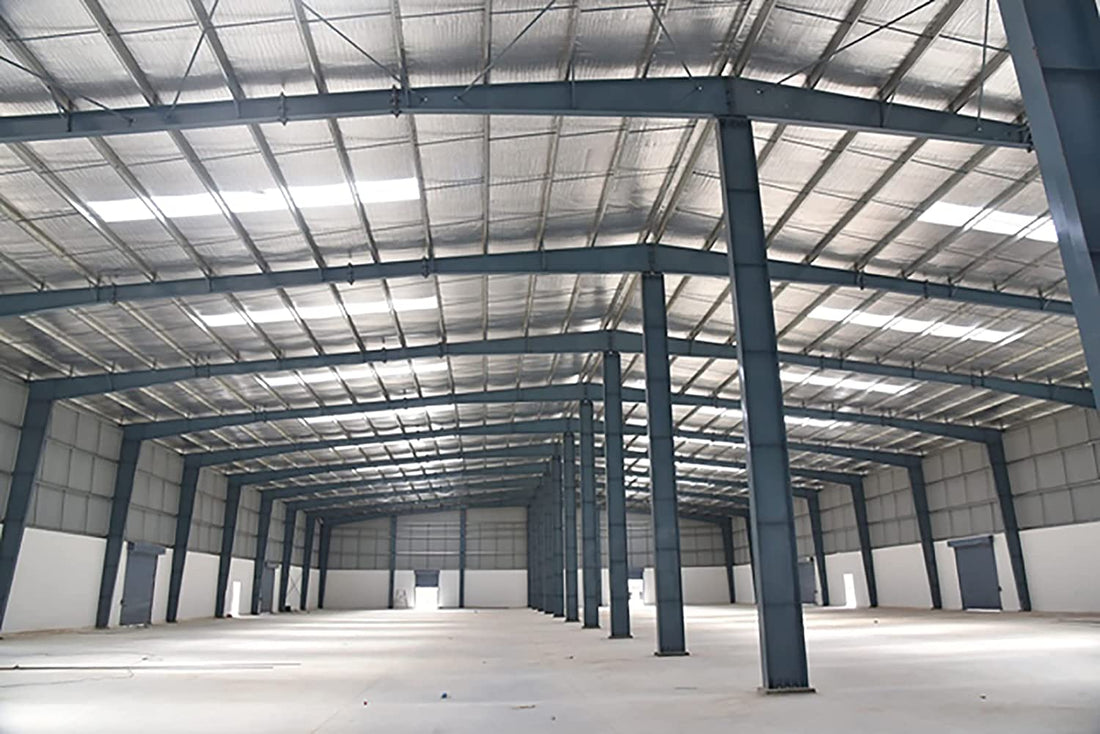- By radiation from a warm surface to a cooler surface through an air space
- By conduction through solid or fluid materials
- By convection, which involves the physical movement of air
Conduction
Conduction is the direct flow of heat through a material resulting from physical contact. The transfer of heat by conduction is caused by molecular motion in which molecules transfer their energy to adjoining molecules and increase their temperature.
A typical example of conduction would be the heat transferred from hot coffee, through the cup, to the hand holding the cup. Another example, as shown above, the contents of the kettle boils from heat transferred from the burner to the kettle. Also, a poker becomes hot from contact with hot coals.
Heat transfer by conduction is governed by a fundamental equation known as Fourier’s Law. (Rate of Heat Flow) = – k x (Area) x (Temperature Gradient)
The factor k is called thermal conductivity or in the case of many insulation materials “apparent thermal conductivity”. This property is characteristic of the material and it varies with temperature, density (degree of compaction), and composition. Some typical thermal conductivity and thermal resistivity data are given in the following table for the purpose of comparison.
| Material | K value |
| Standard Fibreglass batt | 0.313 |
| High performance Fibreglass batt | 0.263 |
| Expanded Polystyrene | 0.263 |
| Air | 0.181 |
| Carbon Dioxide | 0.115 |
| Helium | 1.04 |
| Aluminium | 1890 |
| Plywood | 0.83 |
Convection
Convection in buildings is the transfer of heat caused by the movement of heated air. In a building space, warm air rises and cold air settles to create a convection loop and is termed free convection. Convection can also be caused mechanically, (termed forced convection), by a fan or by wind.
Typical examples of heat transfer through convection:
- Warm air rising from register. (Forced convection)
- Warm air rising from all surfaces of radiator, (after air in contact with radiator has been heated by conduction).
- Warm air rising from chimney. (Free convection)
Radiation
Radiation is the transfer of heat (infra-red radiant energy) from a hot surface to a cold surface through air or vacuum. All surfaces including a radiator, stove, a ceiling or roof and ordinary insulation, radiate to different degrees. The radiant heat is invisible and has no temperature, just energy. When this energy strikes another surface, it is absorbed and increases the temperature of that surface. This concept can be understood with the following example: On a bright sunny day, radiant heat from the sun travels through a car’s window, strikes the steering wheel and is absorbed, causing it to rise in temperature.
Radiation from the sun strikes the outer surfaces of walls and roofs and is absorbed causing the surface to heat up. This heat flows from the outer wall to the inner wall through conduction which is then radiated again, through the air spaces in the building, to other surfaces within the building.
There are two terms commonly encountered while discussing radiant heat transfer:
- Emittance (or emissivity), refers to the ability of a material’s surface to emit radiant energy. All materials have emissivities ranging from zero to one. The lower the emittance of a material, the lower the heat (infra-red radiant energy) radiated from its surface. Aluminum foil has a very low emittance, which explains its use in reflective insulation and radiant barriers.
- Reflectance (or reflectivity) refers to the fraction of incoming radiant energy that is reflected from the surface. Reflectivity and emissivity are related and a low emittance is indicative of a highly reflective surface. For example, aluminum with an emissivity of 0.03 has a reflectance of 0.97.
The emittance of various surfaces is listed in the following table:
| Material | Emittance |
| Brick | 0.93 |
| Concrete | 0.85-0.95 |
| Glass | 0.95 |
| Fibreglass/Cellulose (Bulk Insulations) | 0.8-0.9 |
| Plaster | 0.91 |
| Aluminium Foil | 0.03-0.05 |
Reference: Reflective Insulation Manufacturers Association International (RIMA-I); http://www.rimainternational.org/technical/handbook.html

